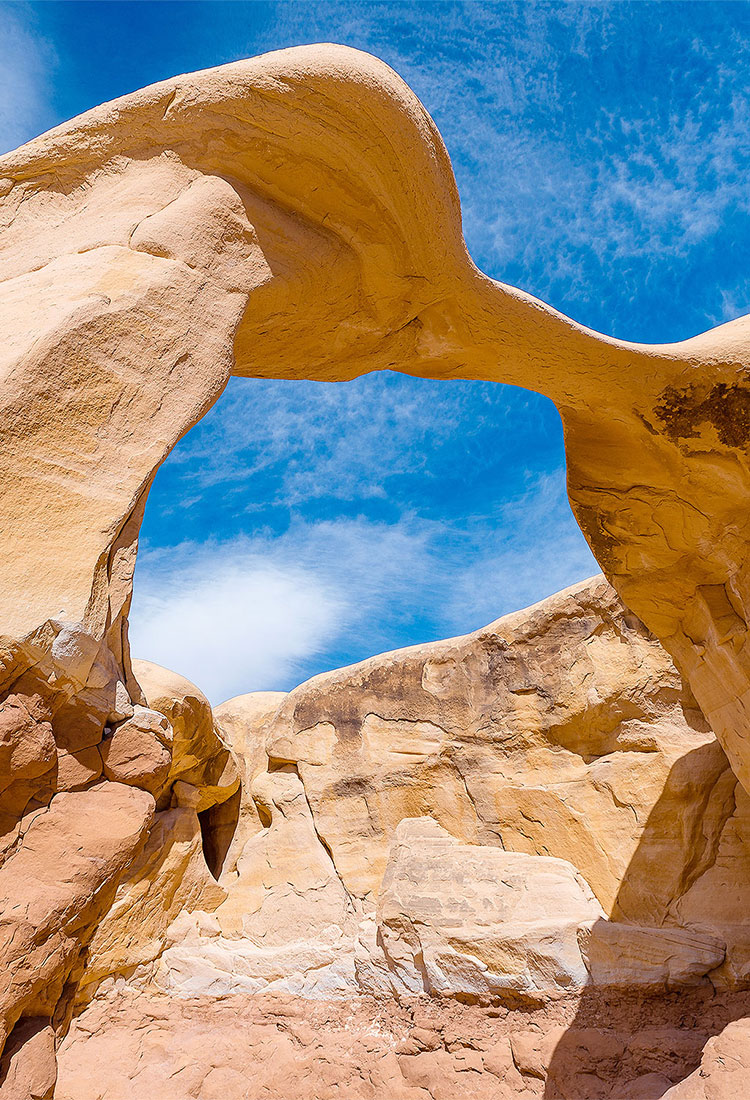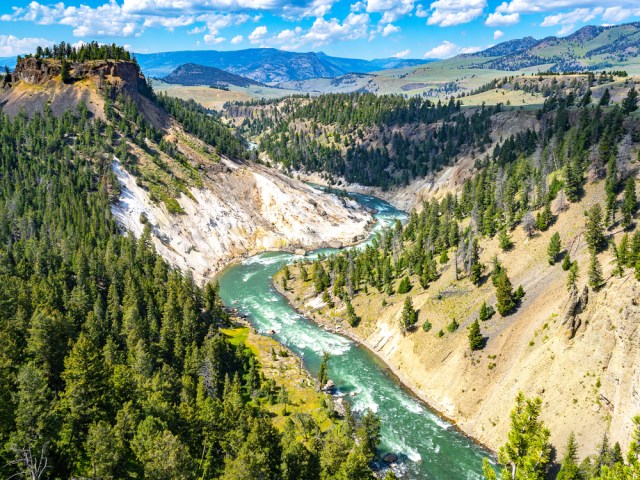Rock formations have captivated and intrigued humankind for millennia. These spectacular natural sculptures have been formed by millions of years of erosion, often resulting in improbable shapes that teeter over cliff’s edges or protrude out of the sea like something from another planet. Discover nine of the world’s most breathtaking and unique rock formations.
Split Apple Rock – New Zealand
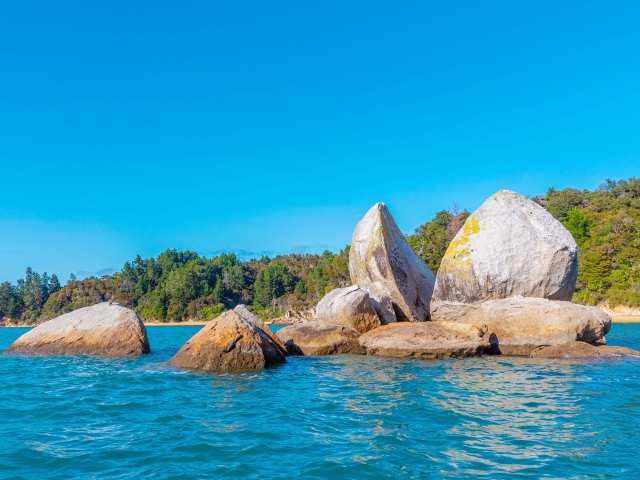
Surrounded by the gorgeous clear waters of the Tasman Bay at the northern end of New Zealand’s South Island, Split Apple Rock is also known as Tokangawhā in the local Māori language, which translates literally to “burst open rock.” In either language, the name is a clear reference to the shape of this formation, which has an uncanny resemblance to a large apple neatly split in two. The granite formation is estimated to be 120 million years old, so a visit to this site is truly a walk through time. Those who want to get up close to the giant rock will have to time it right and either wade through water at low tide or kayak there at high tide.
Aphrodite’s Rock – Cyprus

Looking for a little ancient mythology with your rock formations? It doesn’t get much better than Aphrodite’s Rock off the shore of the island of Cyprus. This formation is known as a sea stack, a geological phenomenon that occurs when ocean waves create continuous erosion. Legend has it that this particular rock helped carry the goddess Aphrodite to the island. Swimming around the rock three times counterclockwise is said to bring one endless beauty. Also known as Petra tou Romiou (“Rock of the Roman”), the formation is also connected to the story of hero warrior Basil. According to legend, he hurled boulders at would-be invaders, and this formation is said to be a remnant of his epic defense.
Balancing Rock – Nova Scotia, Canada
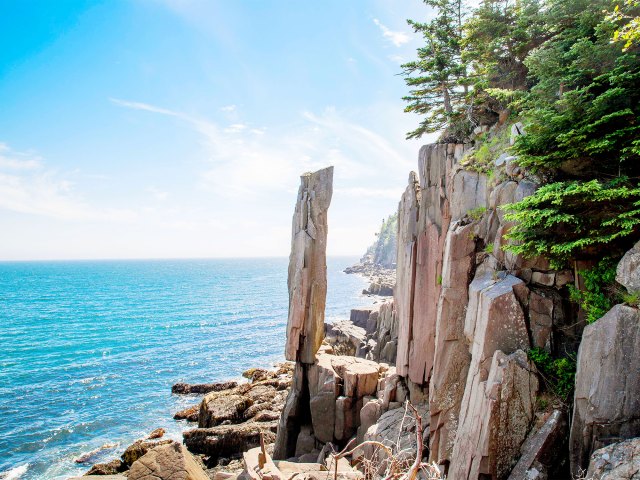
Located in Nova Scotia, Balancing Rock gets its name from its perilous appearance. The 20-foot-tall basalt column barely clings to the edge of the base of the formation. It towers over St. Mary’s Bay, giving the appearance of a daredevil leaning over the sea to tempt fate. Visitors can get a closer look at this rock formation via a relatively easy hike, but beware of the steep ascension near the end of the trail. The reward for the hike will include not only a spectacular view of the daring column but also a panorama of the surrounding coastal scenery.
Metate Arch – Utah

Devils Garden, part of the Grand Staircase-Escalante National Monument in south-central Utah, features a number of unusual rock formations and natural sandstone arches, many of which can be viewed from hiking paths along Hole-in-the-Rock Road. One of the most spectacular examples is the Metate Arch, a delicate arc of stone reaching across the sky. The entire area is also marked by geological features called hoodoos. These columns of rock can extend anywhere from five to hundreds of feet in the air, and they feature thin, pole-like structures that extend upward from an arid basin.
Balanced Rock – Colorado

Not to be outdone by its similarly-named northern neighbor, the Balanced Rock in Colorado is another precarious formation. This 700-ton chunk of red sandstone near the southern entrance to Colorado Springs’ Garden of the Gods stands like a dancer on tiptoe. Unfortunately, the rock formation is in a race against time — its balance simply cannot last against the winds of time or the realities of erosion. However, there are plenty of other towering rock formations in the Garden of the Gods — the National Natural Landmark draws hikers and climbers from around the country with its breathtaking landscapes.
Kannesteinen Rock – Norway
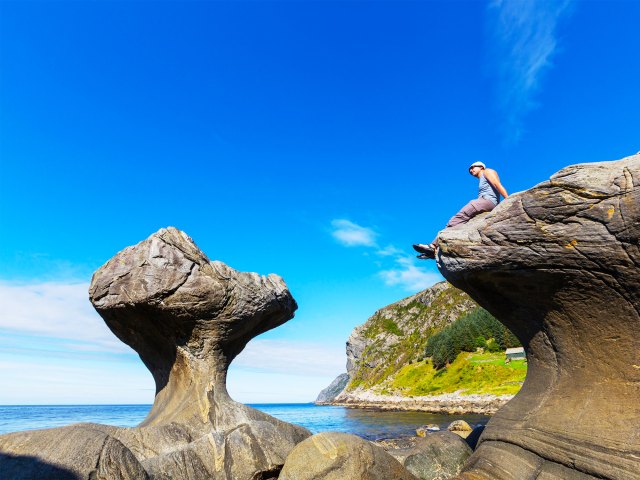
Like a gigantic Rorschach test, the Kannesteinen Rock can look like many things to many people. Protruding above the coastline of Norway near the town of Måløy, this rock formation has been shaped by the persistent waves that have beaten against its base for thousands of years. What’s left is a mushroom-shaped structure that is large on the top and attached onto the base below with a thin, smooth stem. Some visitors claim that it looks like a heart. Others see a vase, a fist, or a whale tale. Some of the variation is due to different lighting at different times of day and the angle from which it is viewed.
Mount Tai’s Immortal Bridge – China
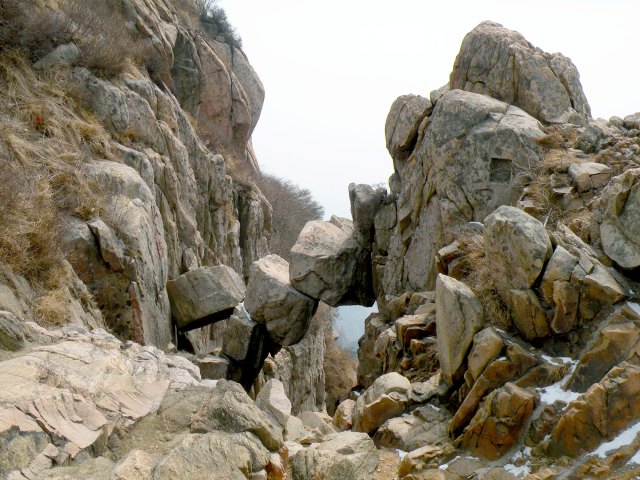
Located in the Chinese province of Shangdong, the Immortal Bridge gets its name from the way that several giant rocks have fallen together to create a connection between two towering expanses of stone. Traditional Chinese culture holds this site sacred, and over the centuries, many emperors have traveled to the Immortal Bridge to make sacrifices and gain clarity and understanding. Visitors following in their footsteps will be rewarded with many beautiful sights along the way, including waterfalls, cliffs, streams, and caves.
Fairy Chimneys – Turkey

These breathtaking formations in Anatolia, in central Turkey, can seem almost magical. It’s this sense of mystical and mysterious influence that gives the Fairy Chimneys their name. They were formed millions of years ago when ancient volcanoes spewed ash across a vast plain, and today, you can see pillars towering as high as 130 feet in the air. Unlike other similar hoodoos around the world, these have also served as human dwellings over the centuries — for everyone from individual monks to entire early Christian societies in need of refuge from persecution. Some have even been transformed into one-of-a-kind hotel suites.
Moeraki Boulders – New Zealand
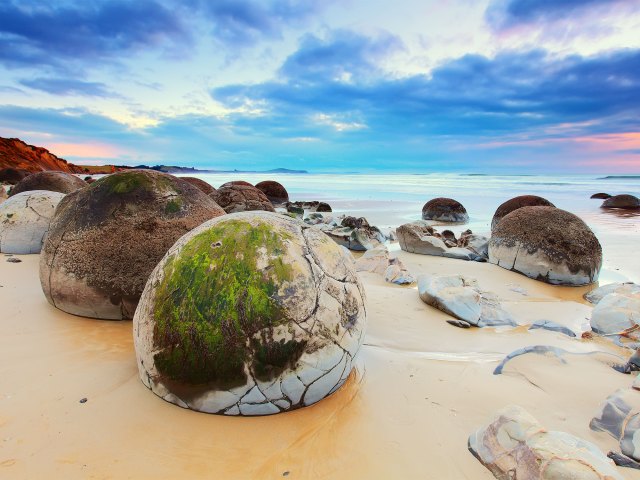
From a distance, the Moeraki Boulders look like giant sleeping turtles resting on the shores of the Otago coast of New Zealand’s South Island. These huge spherical masses are known as concretions, which form due to sediment amassing over millions of years. As the shoreline has eroded the coastal cliffs around them, these formations are left exposed, creating a beautiful and playful landscape that’s a favorite for tourists. And unlike many of the formations on this list, which face the threat of erosion that will eventually wear them away, the Moeraki Boulders may actually become more numerous over time. More sleeping formations are hidden along the coast, and erosion will eventually expose them, too, adding to the stunning chain that dots the shoreline.






